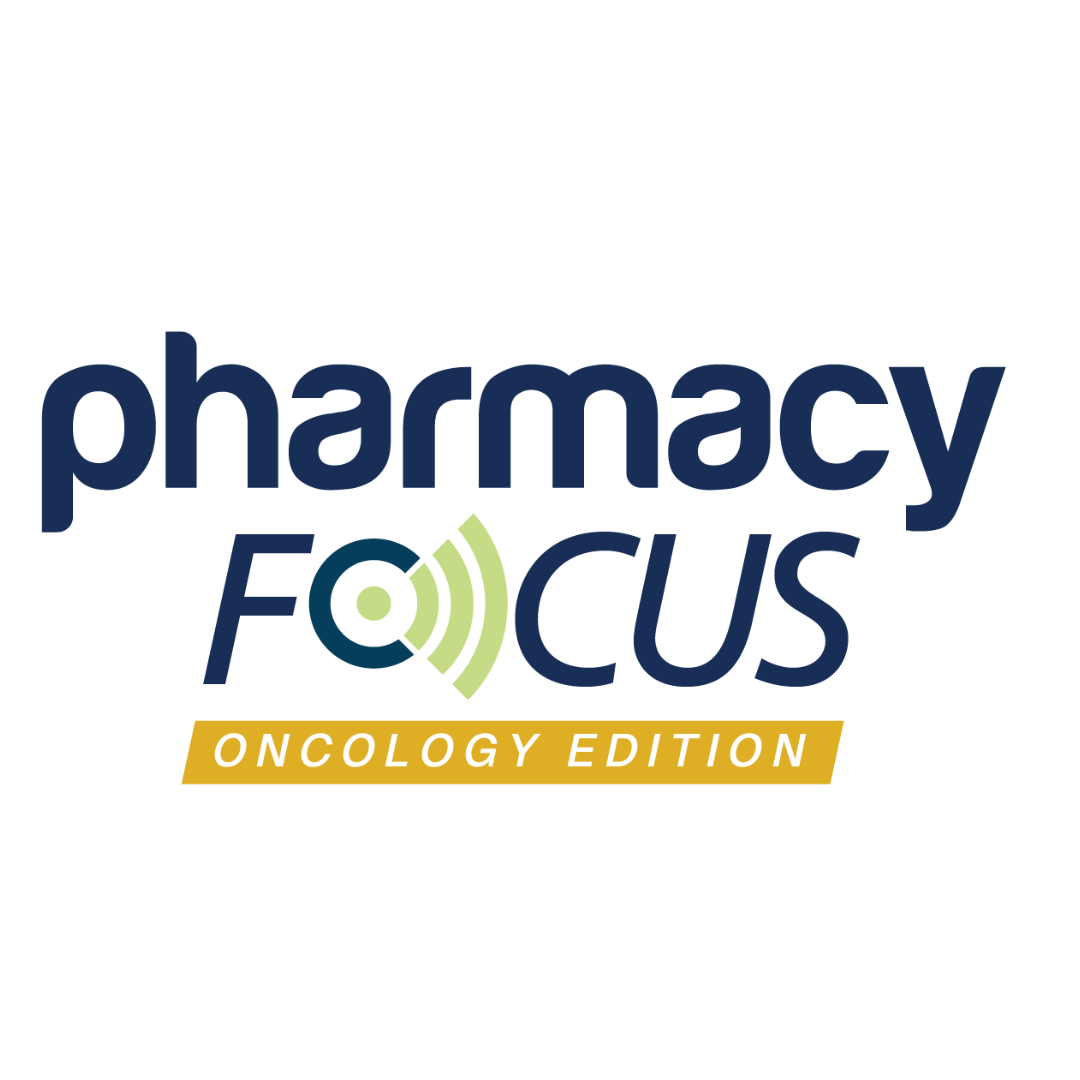Article
Atezolizumab Shows Overall Survival Benefit in NSCLC with High PD-L1 Expression
First-line atezolizumab (Tecentriq, Roche) monotherapy demonstrated improved survival compared with chemotherapy alone in PD-L1-high non-small cell lung cancer.
Treatment with atezolizumab (Tecentriq, Roche) as a first-line monotherapy showed improved overall survival (OS) in certain patients with PD-L1 non-small cell lung cancer (NSCLC), according to new data from the phase 3 IMpower110 study.
The findings were presented at the ESMO Congress 2019, held September 27 to October 1, 2019, in Barcelona, Spain.
In the previous phase 2 BIRCH study, atezolizumab monotherapy demonstrated tolerability and efficacy in PD-L1-selected patients with advanced NSCLC across lines of therapy. The current IMpower 110 trial evaluates atezolizumab monotherapy as a first-line treatment in PD-L1 selected patients, regardless of tumor histology, compared with cisplatin or carboplatin and pemetrexed or gemcitabine.
A total of 572 patients were initially enrolled in the trial, but patients who were enrolled with ALK or EGFR mutations were removed for the analysis, leaving 555 wild-type (WT) patients. The primary endpoint was OS in the WT population by PD-L1 subgroup, with key secondary endpoints of progression-free survival (PFS), overall response rate (ORR), and duration of response (DOR).
Patients were randomized to receive either:
- Atezolizumab monotherapy, until loss of clinical benefit, unacceptable toxicity, or death.
- Cisplatin or carboplatin combined with either pemetrexed (non-squamous) or gemcitabine (squamous), followed by maintenance therapy with pemetrexed alone (non-squmaous) or best supportive care (squamous) until disease progression, unacceptable toxicity, or death.
The updated data, which were part of the interim analysis of OS, showed an improvement with atezolizumab by 7.1 months compared with chemotherapy alone (median OS=20.2 versus 13.1 months; hazard ratio [HR]=0.595, 95% CI: 0.398-0.890; p=0.0106) in patients with high PD-L1 expression (TC3/IC3-WT).
However, OS data did not meet statistical significance in patients with medium levels of PD-L1 expression (TC2/3 or IC 2/3-WT), although encouraging results were observed (18.2 versus 14.9 months; HR=0.717, 95% CI: 0.520-0.989).
In the TC3/IC3-WT population, atezolizumab also showed meaningful improvement in PFS, ORR, and DOR versus chemotherapy. According to David Spigel, MD, who presented the data, these expressions represented approximately 30% to 40% of patients.
Because the OS testing boundary was not crossed in the TC2/3 or IC2/3 WT population, the TC1/2/3 or IC1/2/3 WT population was not formally tested. Spigel noted that the study will continue to the OS final analysis.
Spigel also indicated that there did not appear to be any 1 patient group that did not benefit.
“In general, the benefit favors atezolizumab across different subsets of patients,” he noted. Additionally, the proportion of patients who received different classes of subsequent cancer therapies was similar across the PD-L1 subgroups.
In terms of safety, Spigel noted that no new or unexpected signals were identified and that the safety profiles were consistent with prior observations.
Spigel added that additional biomarker analyses, such as PD-L1 immunohistochemistry by SP263 and 22C3, and blood tumor mutational burden, will be presented at a future congress.
“Atezolizumab represents a promising first-line treatment option in patients with PD-L1-high NSCLC,” Spigel concluded.
References
- LBA78 — Impower110: Inerim overall survival (OS) analysis of a phase 3 study of atezolizumab (atezo) versus platinum-based chemotherapy (chemo) as first-line (1L) treatment (tx) in PD-L1-selected NSCLC. Presented by David Spigel at ESMO 2019 Congress. September 27, 2019. Barcelona, Spain.
- Roche’s Tecentriq improves overall survival as a first-line monotherapy in certain people with advanced non-small cell lung cancer [news release]. Roche. https://www.roche.com/media/releases/med-cor-2019-09-27b.htm. Accessed September 27, 2019
Newsletter
Stay informed on drug updates, treatment guidelines, and pharmacy practice trends—subscribe to Pharmacy Times for weekly clinical insights.






